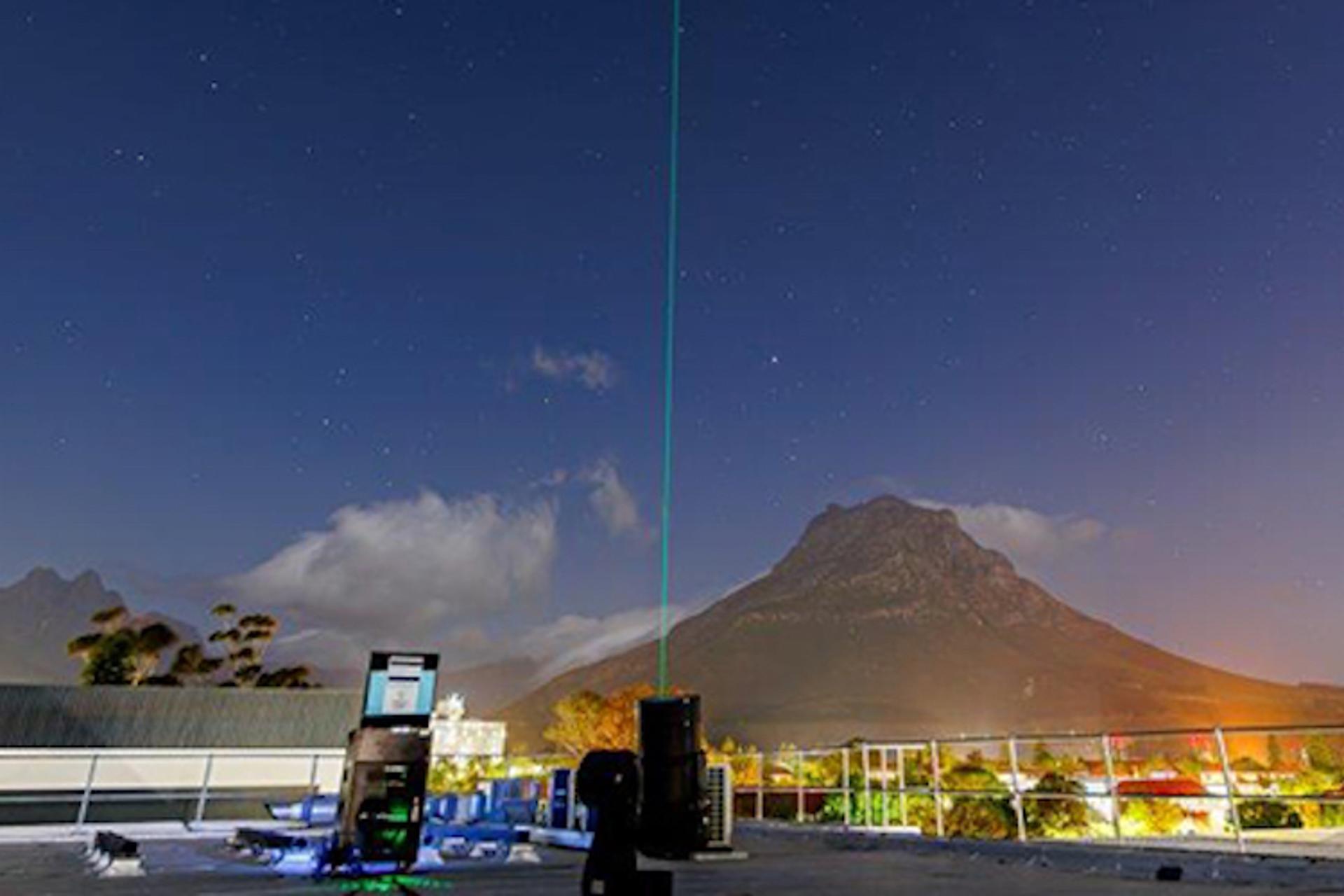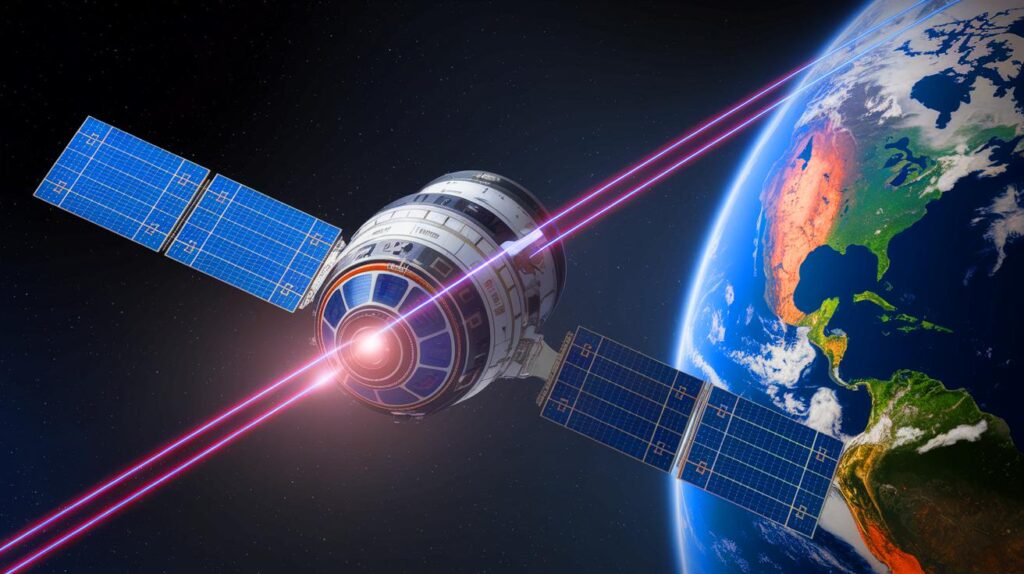| In Brief |
|
The technology of quantum communications has recently reached a new milestone with the establishment of the longest link ever created between China and South Africa. This network, which spans 12,900 km, employs encryption techniques based on quantum physics to provide security that is widely considered unbreakable. This achievement was made possible by a microsatellite named Jinan-1, showcasing the potential of quantum technologies to transform global communications.
A Major Advance in Quantum Communication
The link between China and South Africa signifies a significant advancement in the field of quantum communication. Connecting ground stations at the University of Science and Technology of China in Beijing and Stellenbosch University, this network utilizes quantum encryption to ensure the security of communications. The Jinan-1 satellite plays a central role by transmitting encryption keys through quantum photons, thus ensuring a secure and unbreakable data exchange.
The principle relies on quantum key distribution (QKD), where the encryption keys are encoded in the quantum state of the photons. This process ensures that any attempt at interception alters the state of the photons, making hacking attempts not only ineffective but also detectable. This intrinsic property of quantum physics forms the core of the security of this system.
Performance of the Jinan-1 Satellite
The Jinan-1 satellite, launched in 2022, is at the forefront of quantum communication technology. It can transmit over 250 million quantum photons per second, generating more than a million secure keys every time it passes over a ground station. This technical feat demonstrates the satellite’s ability to maintain a secure link over a record distance of 12,900 km.
Compared to its predecessor, Micius, Jinan-1 is both more powerful and more compact, weighing only 23 kg. Ground station weights have also seen a significant reduction, from 13 tons to just 100 kg. These technological advances pave the way for a global, fast, and ultra-secure quantum internet.
Implications for the Future of Communications
The success of this experiment has profound implications for the future of communications. By establishing a secure and unbreakable network, quantum communication could revolutionize the way sensitive data is transmitted across the globe. Governments, financial institutions, and businesses could benefit from enhanced protection against cyberattacks.
Moreover, the reduced size and weight of satellites and ground stations make the technology more accessible and cost-effective to deploy. This potential democratization could accelerate the adoption of quantum communication across various sectors, opening new opportunities for technology industries.
Research Perspectives and Future Developments
The publication of this advancement in the journal Nature emphasizes the importance of international collaboration in quantum research. Scientists from the Chinese Academy of Sciences and Stellenbosch University continue to explore the possibilities offered by quantum communications. Their work paves the way for future innovations that could further expand the current limits of technology.
A potential area for expansion is the creation of a global quantum communication network, linking multiple continents with unprecedented security. The technical and logistical challenges to be overcome are numerous, but the potential benefits to society and the telecommunications industry are immense.
With these advancements, the question now arises: how will quantum technology influence our daily lives, and what will be the next challenges for researchers and engineers in this groundbreaking field?











